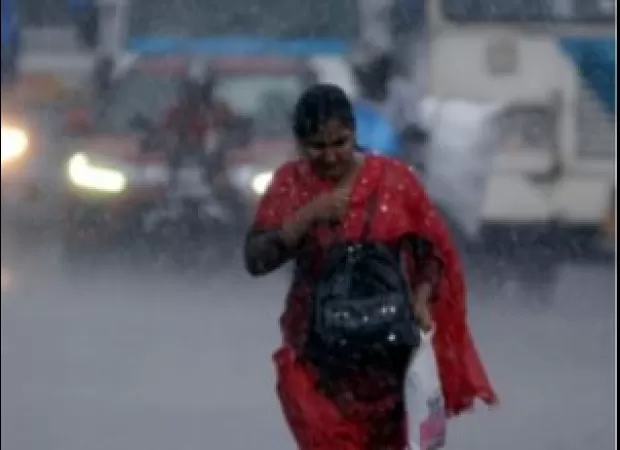El Niño coming to an end, high likelihood of La Niña forming in July-Sept according to WMO.
The 2023/24 El Niño event, which caused extreme weather and high temperatures globally, is expected to switch to La Niña conditions this year, states WMO. Millions in South Asia, including India, are still affected by a weakening El Niño.

The 2023/24 El Niño event, which caused extreme weather and high temperatures globally, is expected to switch to La Niña conditions this year, states WMO. Millions in South Asia, including India, are still affected by a weakening El Niño.


